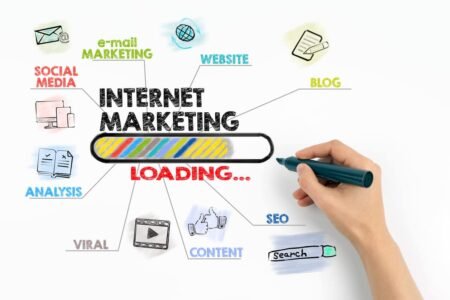Introduction
In the ever-evolving world of advertising, media buying has become a critical skill for marketers aiming to maximize audience reach and achieve a strong return on investment (ROI). The art of media buying involves strategic planning, negotiation, and execution to secure the most impactful advertising placements across various channels. In this blog post, we will explore effective strategies for mastering the art of media buying, enabling you to optimize audience reach and drive exceptional ROI.
Set Clear Objectives:
Before diving into media buying, it is essential to establish clear objectives for your advertising campaigns. Define specific goals, such as increasing brand awareness, driving website traffic, generating leads, or boosting sales. Clear objectives will guide your media buying strategy and help you evaluate its success.
Know Your Target Audience:
To maximize the impact of your media buying efforts, it’s crucial to have a deep understanding of your target audience. Conduct thorough market research to identify their demographics, interests, behaviors, and media consumption habits. This knowledge will allow you to select the most relevant media channels and craft compelling messages that resonate with your audience.
Multi-Channel Approach:
In today’s digital age, a multi-channel approach is often the most effective way to reach and engage your target audience. Consider a mix of traditional and digital media channels, such as television, radio, print, outdoor advertising, online display ads, social media, and video platforms. A diversified approach will help you reach your audience through multiple touchpoints and maximize the chances of conversion.
Data-Driven Decision Making:
Leveraging data is crucial for making informed media buying decisions. Utilize analytics tools to gather insights on audience behavior, ad performance, and campaign effectiveness. Analyze metrics such as impressions, click-through rates (CTRs), conversions, and ROI to optimize your media buying strategy and allocate resources where they deliver the best results.
Negotiation and Partnerships:
Effective negotiation is a valuable skill when it comes to media buying. Research industry benchmarks, understand market rates, and negotiate favorable pricing and packages with media vendors. Building strong relationships with media partners can also provide additional benefits such as preferential rates, priority placements, and access to exclusive opportunities.
Testing and Optimization:
Media buying is an iterative process that requires continuous testing and optimization. Experiment with different ad formats, placements, messaging, and targeting options to identify the most effective combinations. A/B testing allows you to compare the performance of different variables and refine your strategy based on real-time data.
Track and Measure Results:
To evaluate the success of your media buying efforts, it’s crucial to track and measure the results of your campaigns. Utilize tracking tools and analytics platforms to monitor key performance indicators (KPIs) such as reach, engagement, conversions, and ROI. Regularly review the data and make data-driven adjustments to optimize your media buying strategy.
Stay Agile and Adapt:
The advertising landscape is dynamic, and consumer behavior is constantly evolving. Stay agile and adapt your media buying strategy accordingly. Monitor industry trends, technological advancements, and shifts in consumer preferences to ensure your campaigns remain relevant and impactful.
Conclusion:
Mastering the art of media buying is a valuable skill for marketers seeking to optimize audience reach and ROI. By setting clear objectives, understanding your target audience, adopting a multi-channel approach, leveraging data, negotiating effectively, testing and optimizing, and tracking results, you can refine your media buying strategy to achieve exceptional campaign outcomes. Continuously stay informed, adapt to changes, and embrace new opportunities to stay ahead in the ever-evolving world of media buying.










